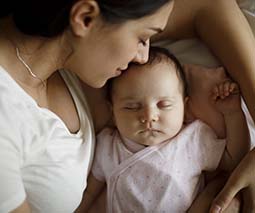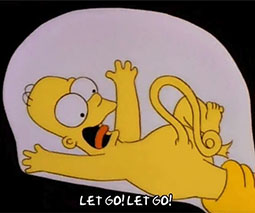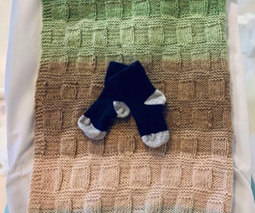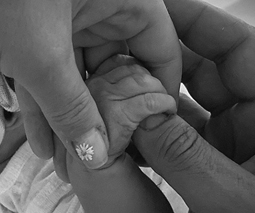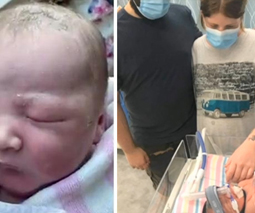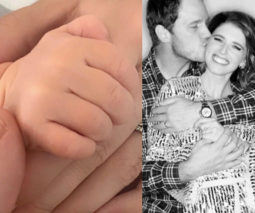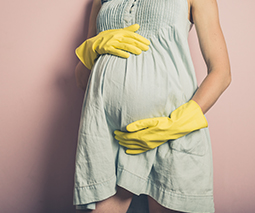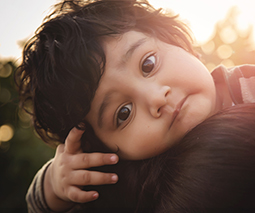21 surprising things you might not know about the royal births
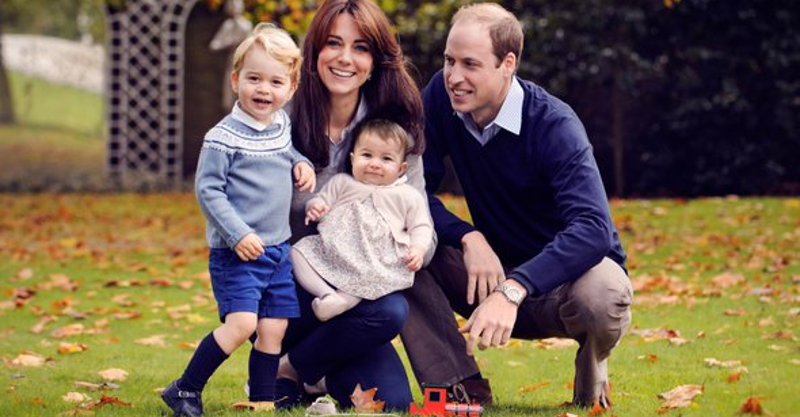
Yes, biology demands that the royals have to give birth just like the rest of us – but there are plenty of ways that they do it a little bit different too.
Here are some interesting facts and traditions about royal births.
21 surprising things you might not know about the royal births
- Queen Elizabeth II was born at the home of her maternal grandparents in London’s Mayfair.
- Prince Philip was playing squash with his private secretary during some of Queen Elizabeth II’s 30 hour labour.
- Princess Diana gave birth to Prince William a little earlier than planned. “William had to be induced because I couldn’t handle the press pressure any longer,” she told her biographer.
- Prince Philip was the first royal father in modern history to witness the birth of his own child, holding the Queen’s hand as she delivered Prince Edward (the couple’s fourth child).
- Diana gave birth to Prince William standing up.
- Prince Philip says the newborn Prince Charles looked like a “plum pudding” when he was born.
- When Prince Harry was born, his dad Prince Charles apparently joked “Oh God, it’s a boy. And he’s even got red hair.”
- Diana spent the first six hours of her nine hour labour with Harry reading a book (Charles apparently napped in a chair nearby).
- Prince George was born following a 12 hour labour and Kate didn’t use any pain medication.
- Princess Charlotte was born after a two-and-a-half hour labour and her mum and dad celebrated with a glass of champagne, after her arrival.
- Royal babies were once born in private homes or royal residences, but Princess Diana broke with tradition by giving birth to William and Harry at St Mary’s Hospital.
- Royal babies usually have around half a dozen godparents. Prince George’s seven godparents are Prince William’s cousin Zara Tindall, friends Oliver Baker, William van Cutsem, Julia Samuel, Emilia Jardine-Paterson, son of the Duke of Westminster Hugh Grosvenor and former private secretary Jamie Lowther-Pinkerton. Princess Charlotte’s five godparents are William’s cousin Laura Fellowes, Kate’s cousin Adam Middleton and friends Thomas van Straubenzee, Sophie Carter and James Meade.
- Traditionally, royal babies have three or four forenames designed to honour family members. (Think William Arthur Philip Louis or Henry (Harry) Charles Albert David or George Alexander Louis or Charlotte Elizabeth Diana.)
- Very sadly, a year before Princess Diana was born, her brother John died just hours after birth.
- The Queen gave birth to Prince Andrew under a general anaesthetic. Known as a “twilight birth” this knocked out approach to labour was first popularised by Queen Victoria.
- During the births of Queen Elizabeth II and Princess Margaret, the British Home Secretary was required to stand outside the door of the birthing room to ensure that everything was in order. This was part of a long held tradition of having spectators at/adjacent to the birth to make sure the heirs were authentic and legitimate.
- Prince William, Prince Harry, Prince George and Princess Charlotte were all born in the same room of the Lindo Wing at St Mary’s Hospital.
- Prince Philip brought the Queen a bouquet of red roses and carnations to celebrate the birth of Prince Charles.
- Princess Anne was born at Clarence House (her siblings Charles, Edward and Andrew were born at Buckingham Palace). The palace underwent renovations following damage sustained during World War 2, so the royals had to break with tradition for Anne’s birth.
- The birth of Prince Charles’ son William affected him very deeply. “I am so thankful I was beside Diana’s bedside the whole time because by the end of the day I really felt as though I’d shared deeply the process of birth and as a result was rewarded by seeing a small creature which belonged to us even though he seemed to belong to everyone else as well!” he later wrote.
- When the new royal baby arrives, Princess Charlotte will be the first royal heir to retain her position in line to the British throne, thanks to a Succession of the Crown Act passed in 2013. Without this change, if the new baby was a boy, Charlotte’s gender would have meant she was bumped further down the line.

